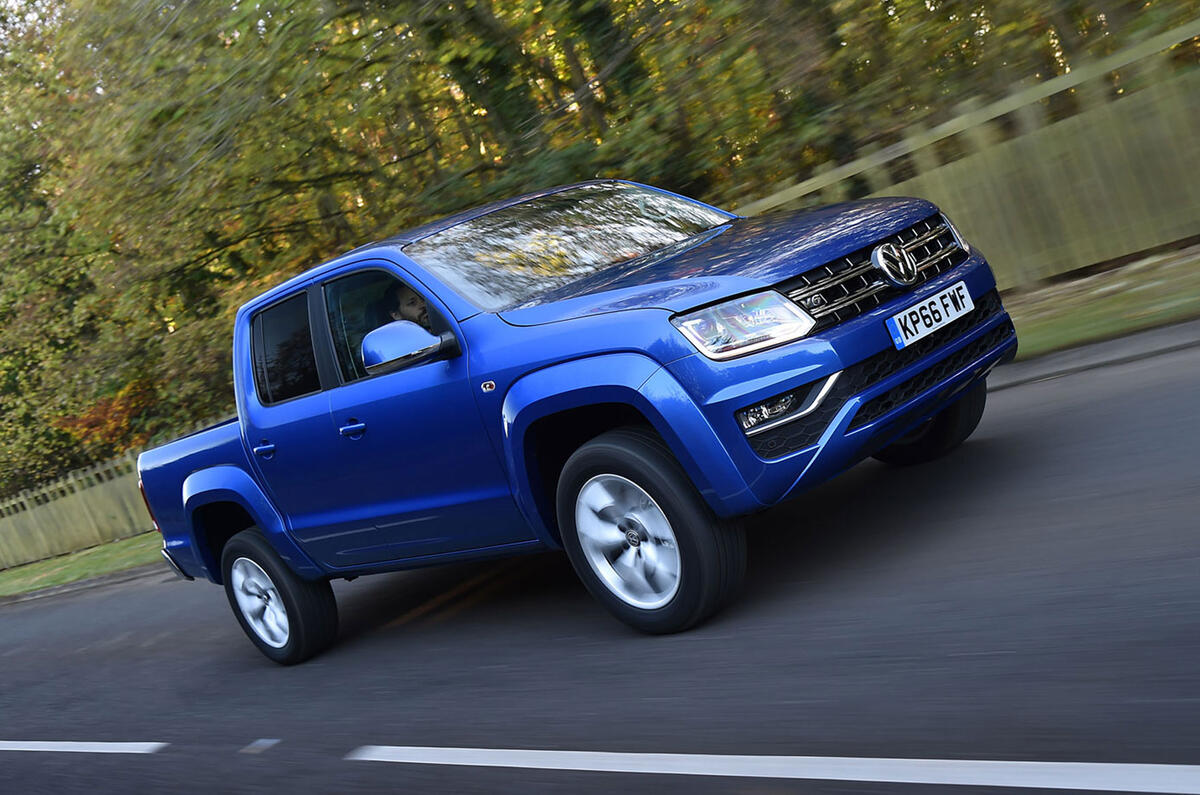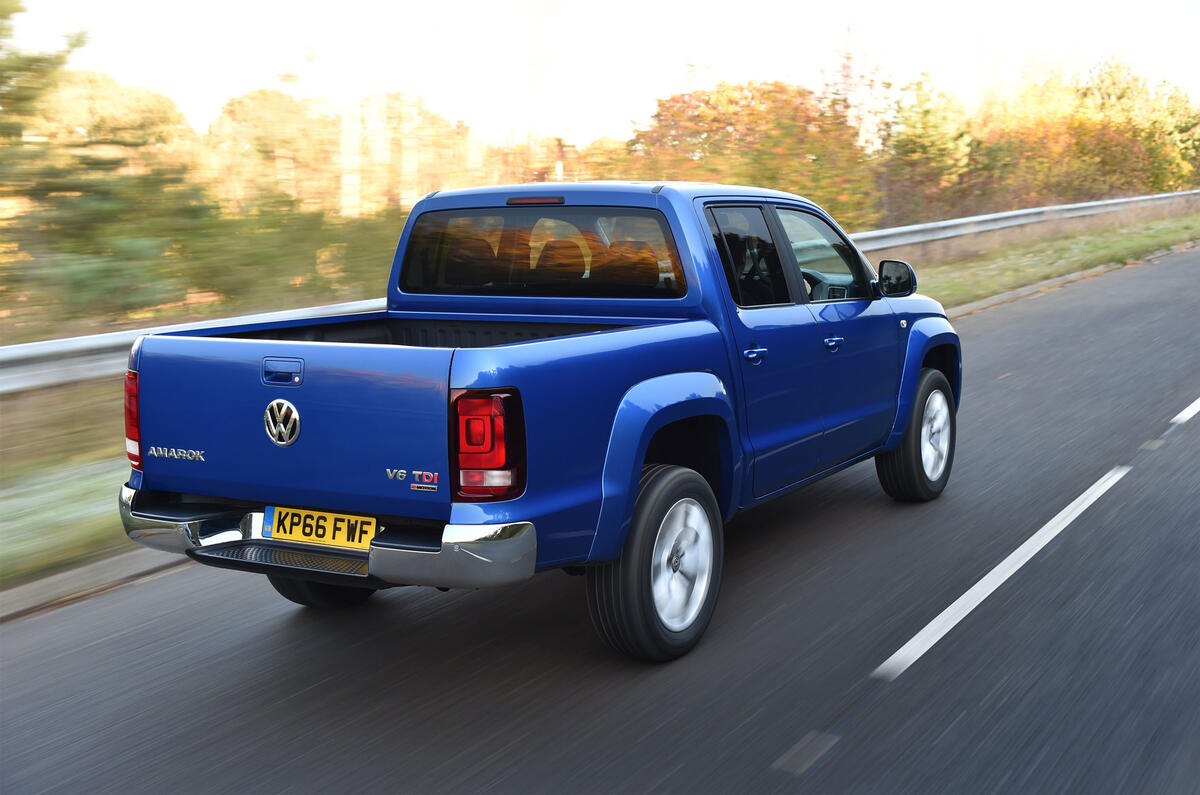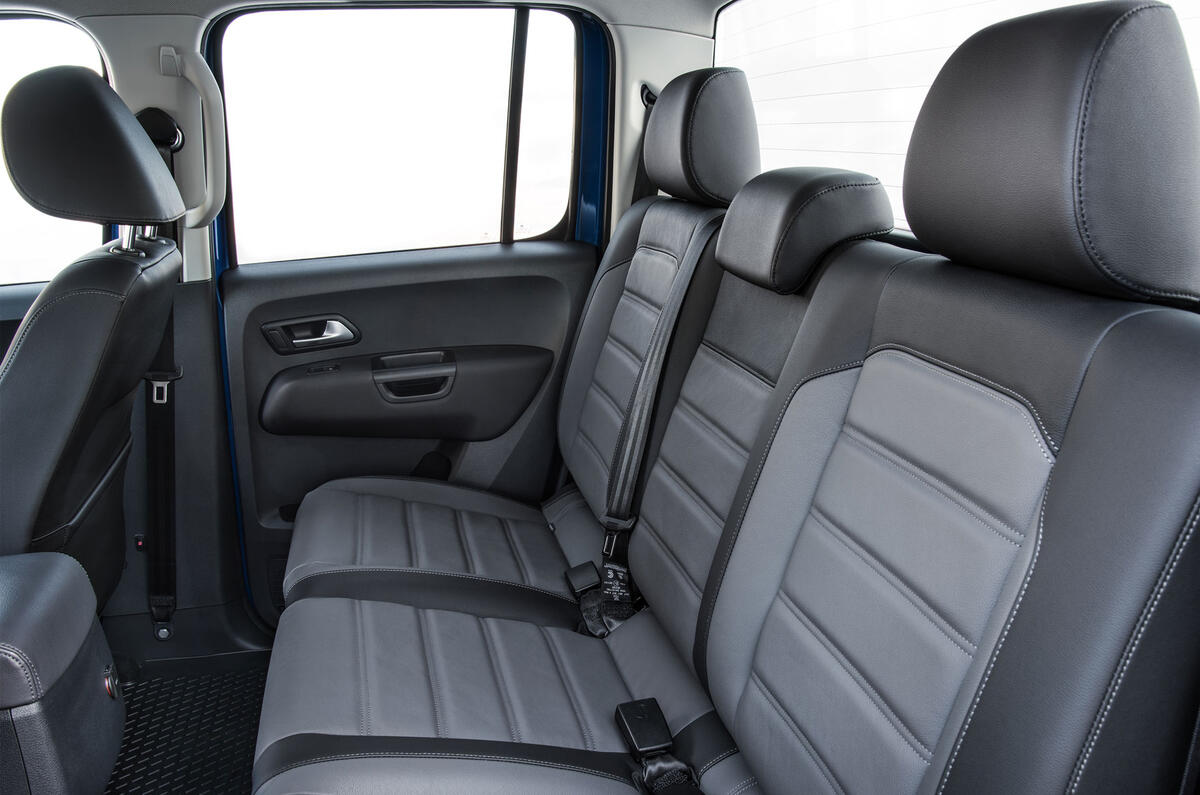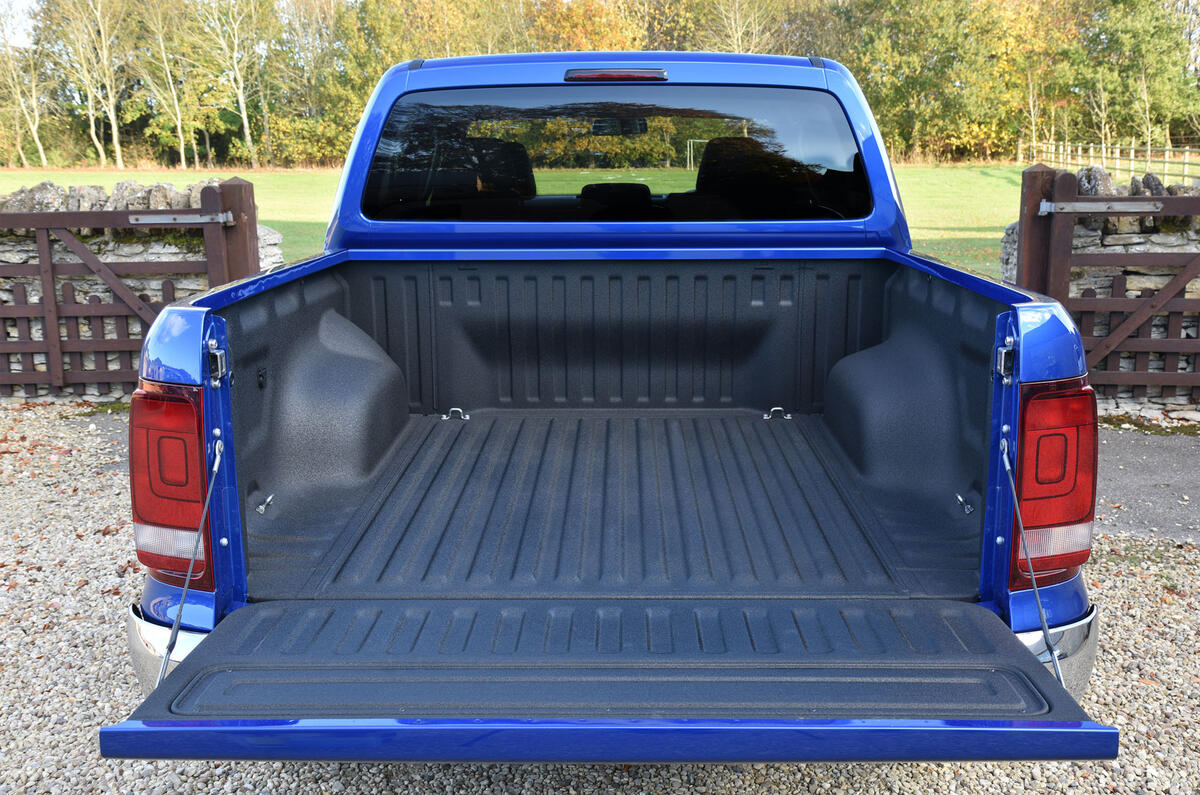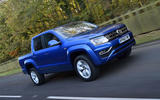The Volkswagen Amarok is the company's first purpose-built pick-up and is a direct competitor for the Toyota Hilux, Nissan Navara NP300 and Ford Ranger, and provides an additional yardstick for the newcomers to the pick-up segment to measure up to - namely the Fiat Fullback and the impending Mercedes-Benz X-Class.
To keep up with its recently revamped rivals, Volkswagen has given the Amarok a light facelift for 2017. In doing so has removed the 2.0-litre oilburners and is available with a choice of two turbocharged 3.0-litre V6 diesel units, tuned for 201bhp and 368lb ft or 221bhp and 405lb ft.
The Volkswagen Amarok did have the smallest engine in its class, but now its engine is the second largest behind the five-cylinder, 3.2-litre brute found in the Ranger. The model we tested had plenty of torque across the rev range, with 405lb ft available from 1400rpm. This does make the Amarok more muscular something the original 2.0-litre unit could produce. Whereas previously overtaking manoeuvres required plenty of pre-planning, the V6 diesel combats that with a healthy dose of torque available early on and low down.
On the road, the Amarok is demonstrates excellent driving manners, with solid, predictable car-like handling. Where Volkswagen's achievement is much more impressive is the on-road refinement. The Amarok does not ride over broken surfaces with the sophistication of the Freelander, but the ride is exceptionally good for a vehicle with a payload of 1110kg. The steering is well weighted, though devoid of much feel, but provides enough feedback on what's going on beneath the tyres to allow fluent, quick progress.



